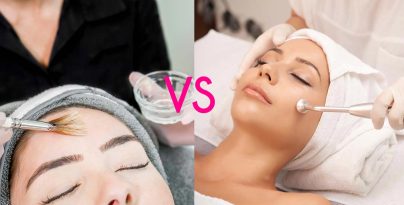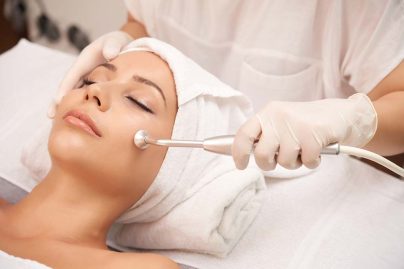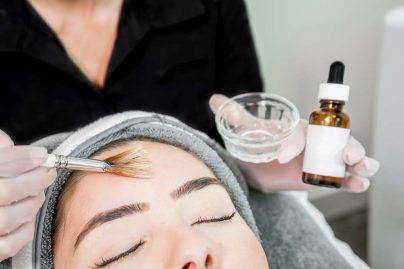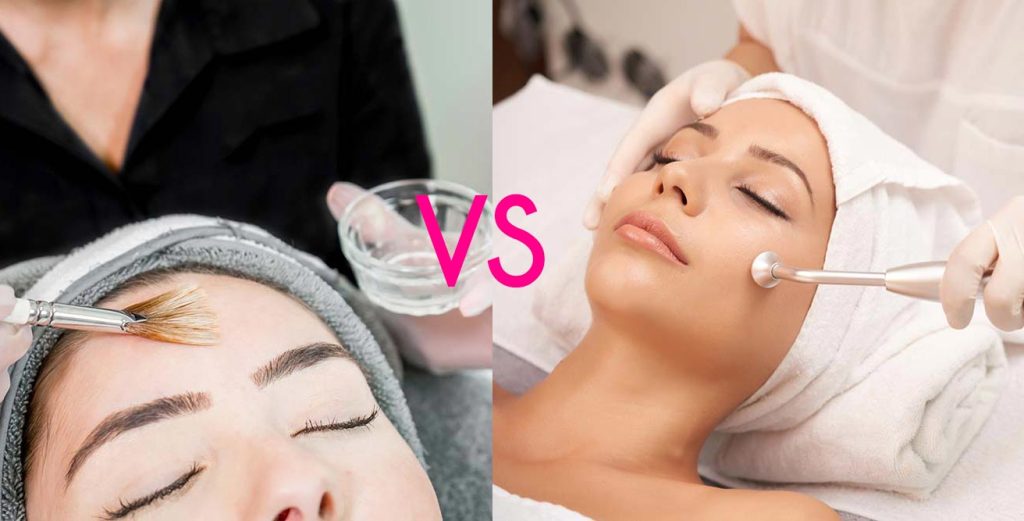Chemical Peel VS Microdermabrasion: Which is Right for you
When it comes to choosing a skin care treatment, there is no one-size-fits-all solution. Both chemical peels and microdermabrasion can be used to help reduce signs of ageing, acne scarring and sun damage – but which one is right for you? Understanding the differences between these two procedures can leave you feeling more confident about your decision. In this blog post, we discuss the differences between chemical peel treatments & microdermabrasion: their benefits, suiting procedure to skin type & concerns and what to expect from each. So let’s dive in and get familiar with these two popular methods of skin rejuvenation!
Intro to chemical peels and microdermabrasion and what they do for the skin
Chemical peels and microdermabrasion are skin treatments that aim to improve and enhance the appearance of your skin. Chemical peels involve applying a solution to the skin which causes it to exfoliate and eventually peel off, revealing newer and smoother skin underneath. On the other hand, microdermabrasion is a non-invasive treatment that uses a special device to remove the outer layer of dead skin cells. Both treatments can be effective in reducing the appearance of fine lines and wrinkles, improving skin texture, and reducing the appearance of age spots, scars, and other blemishes. However, it is important to consult with your dermatologist before undergoing any skin treatment to determine which option is best for you.
Benefits of chemical peels compared to microdermabrasion
Chemical peels and microdermabrasion are two in-demand treatments for achieving smoother, brighter, and more youthful-looking skin. While both treatments target the outer layer of the skin, they work in different ways. Chemical peels use a combination of acids to remove the damaged outer layer of skin, revealing newer, healthier skin cells underneath.
Microdermabrasion uses tiny crystals to exfoliate the skin, removing dead cells and stimulating collagen production. While both treatments offer benefits, chemical peels tend to be more effective for deeper wrinkles, acne scars, and hyperpigmentation. Microdermabrasion, on the other hand, might be a better option for those with sensitive skin or those looking for a gentler approach. In any case, consulting with a skin care professional can help determine which treatment is best for individual needs and skin types.
At NovuSkin, we offer both chemical peels and microdermabrasion to help you get the best skin of your life. We may recommend only one treatment or the other – but sometimes, the best results come from a combination of both.
What type of skin types are best suited for each procedure
Understanding your skin type is crucial when it comes to selecting the right skincare products and procedures for you. For instance, if you have oily skin, you’re better suited for procedures that help to reduce the amount of sebum your skin produces. Non-invasive treatments like chemical peels and microdermabrasion can help to unclog pores, reduce excess oil production and improve the appearance of acne scars. On the other hand, if you have dry skin, you may be more likely to benefit from procedures that boost your skin’s hydration levels, such as hydrating facial masks and laser treatments like fractional laser resurfacing. Knowing your skin type can help to ensure that you select the right procedures to help achieve your desired results.
Different types of chemical peels available on the market
Chemical peels are a popular cosmetic treatment designed to exfoliate the skin and improve its appearance. There are different types of chemical peels available on the market, each targeting specific skin concerns.
- Alpha-hydroxy acid (AHA) peels are great for mild exfoliation and can help with uneven skin texture and fine lines.
- Beta-hydroxy acid (BHA) peels are particularly effective for oily and acne-prone skin.
- Trichloroacetic acid (TCA) peels are stronger than AHA and BHA peels and can target more severe concerns such as deeper wrinkles and hyperpigmentation.
- Phenol peels are the strongest type of chemical peel and can effectively address severe sun damage and deep wrinkles.
Before getting a chemical peel, it’s important to consult a licensed professional who can help choose the right type of peel for your specific skin type and concerns. Our chemical peels are safe, backed by science, and full of natural and healthy ingredients to nourish your skin.
Common side effects associated with each procedure
While chemical peels and microdermabrasion treatments offer many benefits, there are also potential side effects to consider.
Common side effects of chemical peels include redness, swelling, itching, dryness, and crusting of the skin. Other potential side effects can include peeling, flaking of the skin and hyperpigmentation. It is important to discuss any potential side effects with a dermatologist before undergoing a chemical peel.
Common side effects of microdermabrasion include redness, swelling, and mild discomfort during or after treatment. In some cases, patients can experience mild skin irritation and even bruising. The skin may also appear dry, flaky or scaly after treatment. It is important to follow your doctor’s instructions for proper post-treatment care to minimize these side effects and help ensure optimal results.
In general, both chemical peels and microdermabrasion are considered safe and effective treatments for improving the appearance of the skin, when performed by a trained professional. It is important to discuss any potential risks and side effects with your dermatologist before undergoing any procedure. Additionally, it is essential to follow all post-treatment instructions in order to achieve the best possible results.
Tips on how to prepare for and aftercare following a chemical peel or microdermabrasion treatment
When it comes to achieving beautiful, glowing skin, chemical peels and microdermabrasion treatments can be highly effective. However, preparation and aftercare are key to ensuring optimal results and minimal discomfort. Before your appointment, avoid using any exfoliating products or harsh treatments on your skin for at least a week. It’s also important to disclose any medications or skin conditions to your esthetician to ensure safety during the treatment.
After your appointment, be gentle on your skin and avoid any excessive sun exposure or harsh skincare products for at least 24 hours. Moisturize regularly to help soothe any discomfort and aid in the healing process. Remember, the key to beautiful skin is maintaining a consistent and effective skincare routine, so be sure to consult with your esthetician for personalized recommendations.
Final Thoughts
In conclusion, chemical peels and microdermabrasion are both effective treatments for exfoliating the skin and improving its appearance. While some benefits, such as a reduction in the look of fine lines and wrinkles and age spots, might be more prominent with chemical peels than with microdermabrasion, it’s important to consider your underlying skin type and concerns when deciding which treatment might be right for you.
Depending on how active you’d like to be in caring for your skin, you can choose from several types of chemical peels ranging from very light superficial peels to deep, intense treatments. Always discuss any side effects or potential risks with your skin care professional prior to undergoing either procedure. Lastly, remember that proper preparation and aftercare following a microdermabrasion or chemical peel treatment are essential for seeing good results and keeping yourself safe & happy.
Choosing skin treatments can be confusing and overwhelming. You may know what concerns you’re dealing with, but not the best way to treat them! Don’t be afraid to reach out with your questions, or to schedule a consultation!
Related Articles

The Difference Between Chemical Peel and Microdermabrasion
Chemical Peel VS Microdermabrasion: Which is Right for you When it comes to choosing a skin care treatment, there is no one-size-fits-all solution. Both chemical

What to Expect During Your First Microdermabrasion or Chemical Peel Treatment
Microdermabrasion / Chemical Peel Treatment Microdermabrasion and Chemical peels are two common treatments used to rejuvenate the complexion of your skin. These procedures can be

5 Surprising Benefits of Chemical Peels
Benefits of Chemical Peels You Might Not Know About At first glance, chemical peels may seem like a daunting concept for improving the skin –







